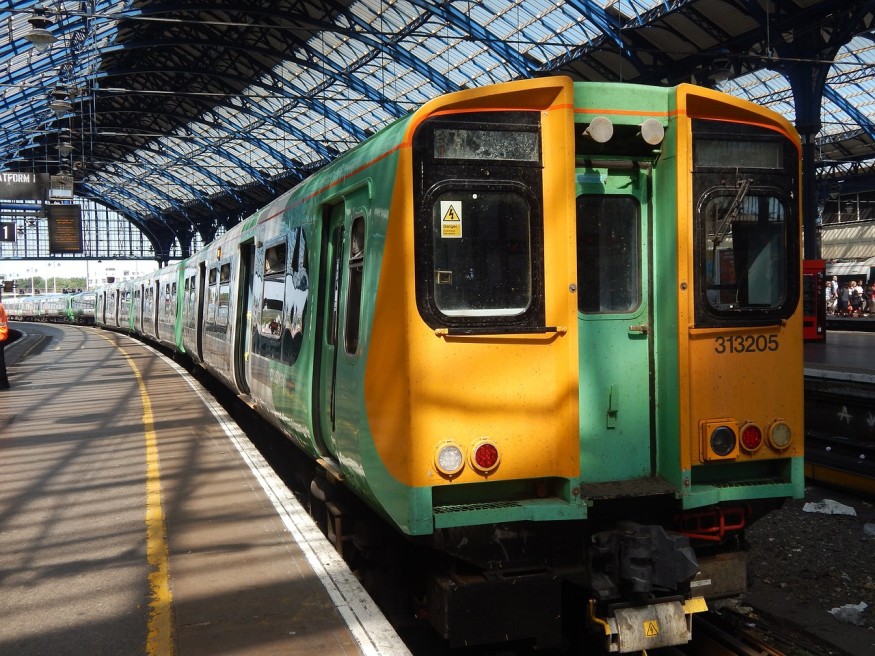A new study by Cameron Patterson from Lancaster University warns of an increased risk of train accidents due to solar storms. These storms, expected to become more frequent as we approach the solar maximum in 2024, can disrupt rail signaling systems by changing signals from red to green.
The research focused on UK rail routes and found that geomagnetic storms caused by solar activity could lead to two types of signaling failures. The study urges the rail industry to prepare and mitigate these risks, similar to how other sectors like aviation and electricity respond to space weather hazards.

Train Accidents Risk from Solar Storms, New Study Finds
A recent study reveals that solar storms significantly threaten train safety. Researchers warn that these storms could cause train accidents by changing signals from red to green.
The study, led by Cameron Patterson, a PhD researcher at Lancaster University, highlights a serious, albeit rare, risk to rail signaling systems. These findings are especially concerning as we approach the solar maximum of 2024, MSN recently reported.
According to the news report, the study examined how solar flares might impact train operations. Focusing on routes like the Preston to Lancaster and Glasgow to Edinburgh lines, the team discovered that solar storms could generate geomagnetically induced currents (GICs).
These currents can interfere with electricity transmission and disrupt signal systems. The researchers found two types of failures. 'Right side' failures switch signals from green to red, while 'wrong side' failures do the opposite. The latter poses a higher risk for train accidents.
Solar material from the sun interacts with Earth's magnetosphere, causing these geomagnetic storms. Strong enough to affect UK rail systems, such storms are expected every few decades. Weaker storms, which can still trigger 'wrong side' failures, occur more frequently, every one to two decades.
The rail industry is urged to consider these risks. Measures to mitigate potential train accidents need to be in place. Co-author Professor Jim Wild emphasized the importance of including the rail sector in planning for space weather risks. He suggested that, like weather forecasts, space weather predictions could guide decisions to limit railway operations during extreme events.
Remembering Train Accidents Across the World
Train accidents have been a tragic part of global history. A recent incident in India's Odisha state, causing 275 deaths, adds to this history. The 2004 Sri Lanka tsunami train disaster remains the deadliest, with 1,700 lives lost.
In 1981, a train in Bihar, India, derailed into the Bagmati River, claiming 800 lives. France's worst accident in 1917 involved a troop train derailment, resulting in over 700 deaths. Similarly, in 1917, Romania experienced a deadly derailment. A 1915 Mexican train crash caused by brake failure led to over 600 deaths, AA shared.
Russia's 1989 Ufa train accident, sparked by an explosion from natural gas, killed 575 people.
In Ethiopia in 1985, a high-speed derailment resulted in over 400 deaths. Italy's 1944 Balvano disaster, due to carbon monoxide poisoning in a tunnel, claimed 517 lives. Egypt, in 2002, saw a fatal fire on a train, resulting in at least 370 deaths. A Spanish train accident in 1944, caused by brake failure, led to a multi-train collision, killing over 500. Lastly, a 2016 derailment in India resulted in 146 fatalities.
This article is copyrighted by Travelers Today, the travel news leader




